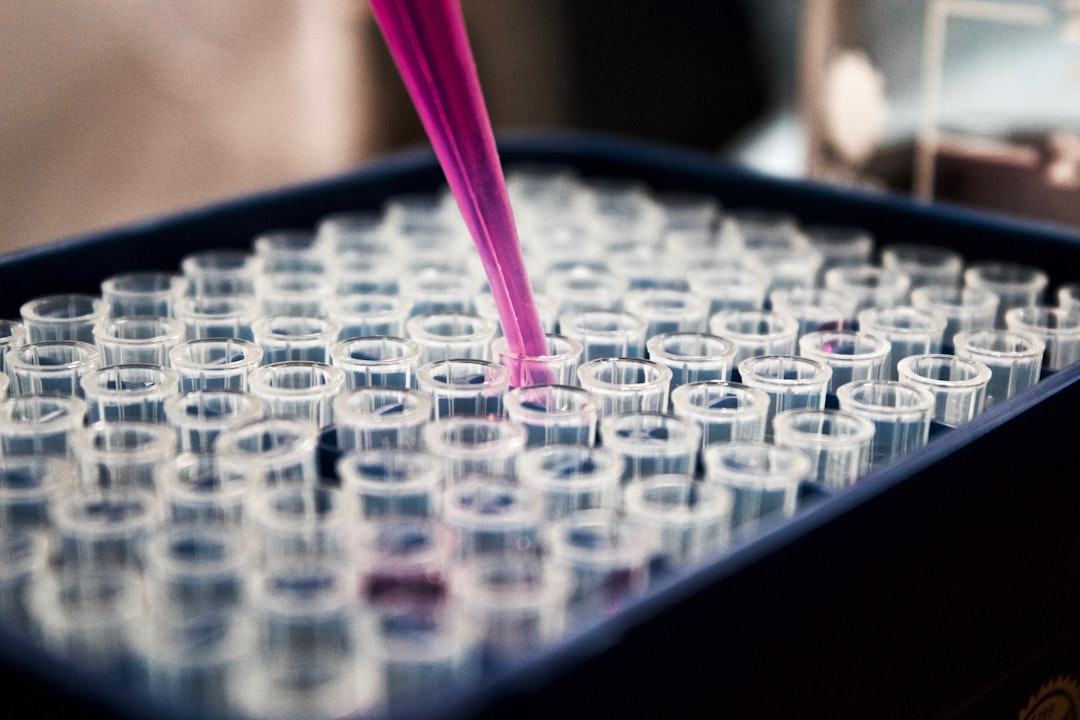What is it about?
Cancerous cells having an abnormal level of nitric oxide (NO) and it is in acidic pH. Sensing these abnormalities in the cancer cells will highly helpful in diagnosis and treatment. We have used the iron complex as a dual-purpose imaging agent that detects NO and acidic pH in both magnetic resonance imaging (MRI) and fluorescence imaging modalities. Human gastric cancer cells (AGS) were used for in-vitro studies.
Featured Image

Photo by National Cancer Institute on Unsplash
Why is it important?
For diagnosis purposes, dual or multimodal techniques are useful to overcome the limitations in single modality imaging techniques. Imaging agents with dual or multimodal imaging capabilities are highly required nowadays for diagnostic accuracy of disease. MRI is a high spatiotemporal resolution technique whereas fluorescence is a high sensitivity technique. So, combining these two techniques will provide accurate information such as the location and size of the diseased tissues. We have developed an iron complex having MRI and fluorescence active units. This complex detects NO and acidic pH in both MRI and fluorescence techniques via 'turn-on' signals. The real-time application was tested in AGS cells as it showed a bright fluorescence image in both NO and acidic pH environments.
Perspectives
This work is the first report on dual-modal imaging agents in its analogous complexes. Also, this work is the first publication regarding MRI contrast agents in our group as well as mine. So, it is very important and special to me and I consider this article is my visiting card to the MRI scientific research society.
Dr Duraiyarasu Maheshwaran
Madurai Kamaraj University
Read the Original
This page is a summary of: Smart dual T1 MRI-optical imaging agent based on a rhodamine appended Fe(iii)-catecholate complex, Dalton Transactions, January 2020, Royal Society of Chemistry,
DOI: 10.1039/d0dt02364g.
You can read the full text:
Contributors
The following have contributed to this page










